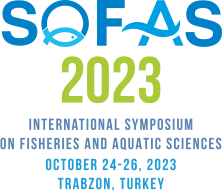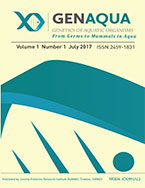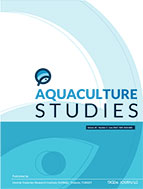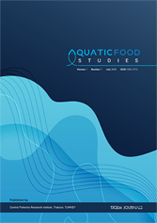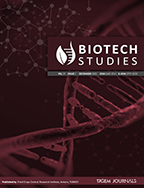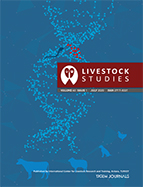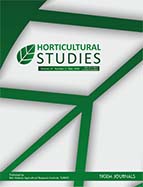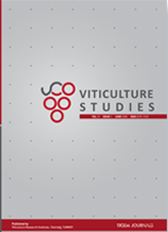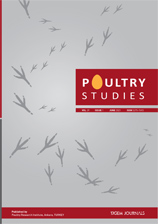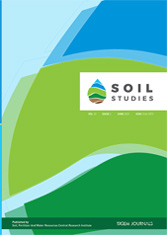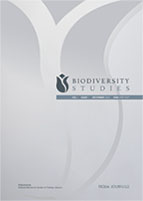Turkish Journal of Fisheries and Aquatic Sciences
2024, Vol 24, Num, 12 (Pages: TRJFAS 26528)
Applications of Microalgae and Macroalgae Biomass as an Anode Active Material and Binder in Lithium-ion Batteries
2 Istanbul University, Faculty of Aquatic Sciences, Department of Aquaculture and Fish Diseases, Istanbul, Türkiye (34134)
3 Istanbul Technical University, Faculty of Chemical and Metallurgical Engineering, Department of Metallurgical and Materials Engineering, Istanbul, Türkiye (34469) DOI : 10.4194/TRJFAS 26528 Viewed : 951 - Downloaded : 791 Limited resources in energy storage systems and the increasing need for batteries have spurred researchers to explore innovative, low-cost, and environmentally friendly sources. This study, which pioneers macro and microalgae as anode-active material in lithium-ion batteries and employs alginate extracted from brown algae as a binder in silicon anodes, represents a significant leap toward a more sustainable future. The need for sustainable energy storage solutions is not just a possibility but a promising reality that offers more environmentally friendly energy storage solutions. In the first study performed in this context, Ulva lactuca and Spirulina biomass were prepared as anodes and showed 131.9 and 36.6 mAh/g initial specific capacity values, respectively. Studies conducted to elucidate the reaction mechanism determined that the carbohydrate/protein ratio significantly affects the theoretical capacity of the algal species. In the second study, where alginate extracted from Cystoseira barbata was tested as a binder in silicon anodes, the highest initial capacity was 3517 mAh/g, and a capacity retention rate of 28.7% was obtained after 100 cycles. For future studies, higher capacity retention rates might be achieved by making the alginate more flexible with the higher Mannuronate/Guluronate ratio in alginate, which varies depending on the type of brown algae. Keywords : Marine resources Algae Anode materials Polymeric binders Lithium-ion batteries



